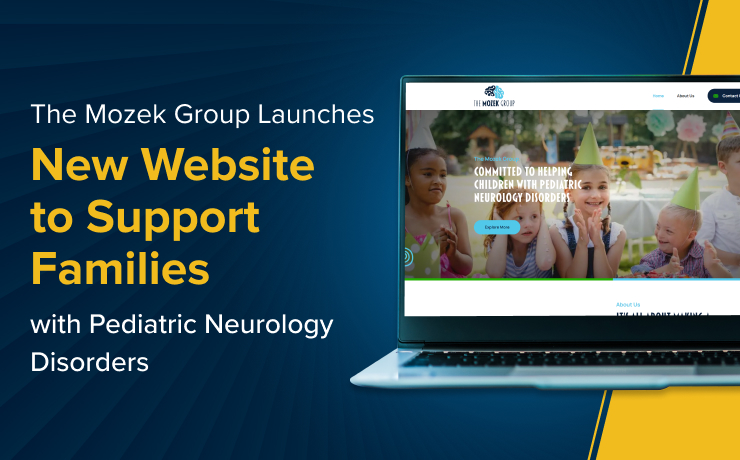How To Migrate And Redesign Your Website Flawlessly

Chad Faith
Director of Content

Whether you are launching a new website or migrating and redesigning an old site, the sheer thought of it can be intimidating. Websites get migrated, rebranded and redesigned for many different reasons, but stakeholders are usually interested in improving revenue impact and traffic during such times. During a site migration and redesign project, there are certain mistakes which pertain to UX and SEO you will have to avoid making. Here’s what you need to know when you want to migrate and redesign your website:
Consider Benchmarking to Measure the Success of Your Site’s Migration
You need to get some preparatory work done before your new website goes live. Benchmarking comes with great pertinence and needs to be as extensive as possible to cover areas such as site performance, indexation levels, backlink data, traffic levels, user behavior, keyword rankings and more. You see, a lot of the mentioned data types will no longer be available to you when your site is live. When this information is unavailable, it will be impossible to measure the success of your newly migrated site.
Take Necessary Steps to Ensure that Your New Site is Optimized
Traffic loss is often a result of poor site optimization – and that’s something you will want to avoid at all costs. Oftentimes, a lack of expertise is also another reason why certain site migration fails. That being said, it is pertinent that you get an experienced site migration specialist to facilitate more complex site migrations. As the number of ranking signals tends to change overnight, you will want to identify potential issues that may compromise your site’s optimization.
Find the Right Balance Between SEO and UX with a Data-Driven Approach
There must always be a balance, otherwise too much concentration on UX will result in a drop in traffic and rankings and vice versa. A right balance between the two will ensure that your organic traffic and conversion rates don’t suffer and you won’t risk losing your most loyal customers. A data-driven approach can help you make better UX decisions and prioritize any areas that need improvement as well as safeguard those that are already working well.
Work With a Realistic Budget and Select an Appropriate Time to Launch
It is never wise to underestimate the amount of costs you have to deal with as it will have a negative impact on the site migration. You will also have to be realistic on what your current budget and resources can do for you during the migration. Don’t forget to include some additional budget for unforeseen circumstances. When you are ready to launch the new site, don’t launch when it’s nearing a hectic business period. For instance, you will not want to do it when it’s a pre-Christmas sales period from September to December.
Think of a New Content Strategy and Test It Out with Real Users
It is best to think of a new strategy that will improve your site’s information architecture like internal linking and page structure. You will also want to forecast potential causes of traffic loss and UX flaws. When you are ready to test your site, ensure that the testers fit the demographics of the site’s real audience.
Last of all, you will have to be aware of all your limits, weaknesses and strengths to know your true position in the market. Will launching a new site yield as much return as expected? Also ensure that everyone working on your site’s migration and redesign is able to work collaboratively. Alternatively, leave this big task to a team of web redesign experts so that you can get the best results without sweating it!
 Free
Consultation
Free
Consultation Free
Google Ads Audit
Free
Google Ads Audit







